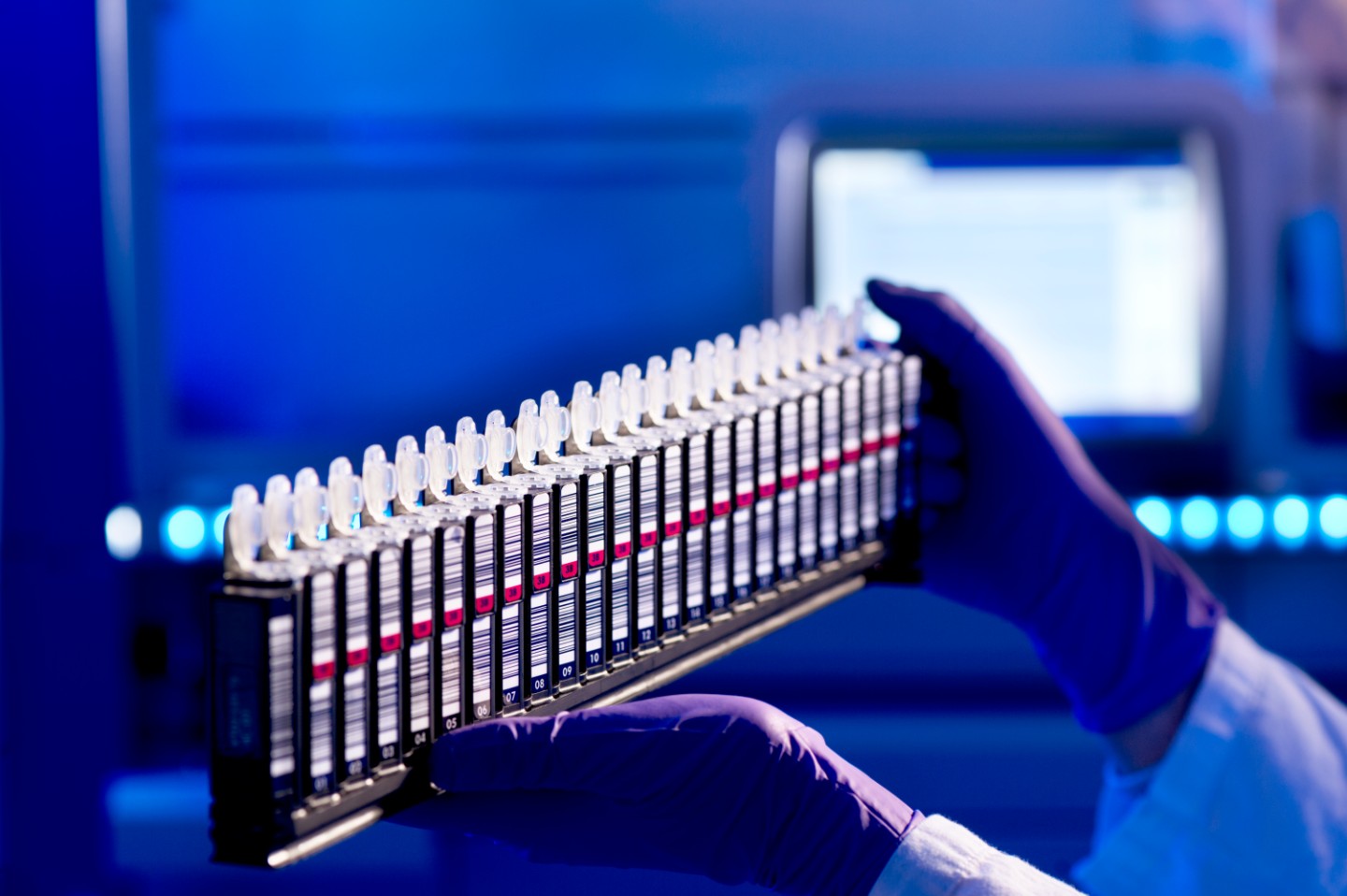
When it comes to sepsis, which colloquially is also referred to as blood poisoning, it is essential to identify the precise pathogen as quickly as possible – and thus initiate the appropriate antibiotic therapy. A new procedure can significantly increase detection rate and speed.
Blood poisoning is responsible for 60,000 deaths a year in Germany alone. Sepsis occurs when an infection overwhelms the immune system and the body responds by attacking its own organs. The source of infection can be bacterial, viral, fungal or parasitic. Patient survival depends on prompt diagnosis and treatment, as septic shock can cause multiple organs to shut down. Which pathogen has infected the patient and which antibiotics are effective against it? Doctors usually draw some blood, perform a microbiological blood culture and then analyze it under a microscope or with biochemical or mass spectroscopic methods. The disadvantage: the detection rate is low and the time to clear diagnosis long. In addition, some pathogens cannot be cultivated or can only be cultivated in certain conditions – the pathogen can only be detected in around 10 to 30 percent of cases.
Detection rates five to six times higher
A research team at the Fraunhofer Institute for Interfacial Engineering and Biotechnology IGB has committed itself to changing this and enabling fast and reliable pathogen diagnosis. Working with leading hospitals in Germany, it is developing and evaluating a diagnostic high‑throughput sequencing process. “We systematically analyze the genetic information of pathogens. In other words, we obtain a sort of ‘molecular footprint,’ which we can use to determine the exact pathogen,” says Dr. Kai Sohn, head of innovation field In-vitro Diagnostics at Fraunhofer IGB. “In this way, we can increase the detection rate by five to six times, compared with the culture-based process.” After all, the process can also be used to identify viruses, parasites and bacteria that do not grow in the culture media, which makes diagnosis faster and much more reliable.
Identification of pathogens within six to eight hours
This type of infection diagnosis already offers potential for universal use at hospitals. “The latest single-molecule DNA sequencing equipment, the third generation, also brings us one step closer to immediate diagnostics, as we were able to show in successful pilot studies,” adds Sohn. This will enable pathogen identification within six to eight hours, increasing the valuable time that can be dedicated to effectively treating the patient.